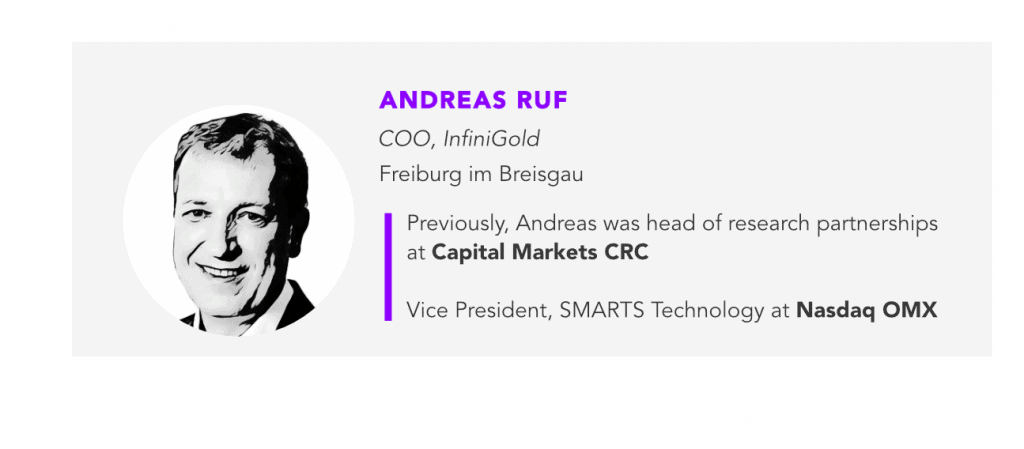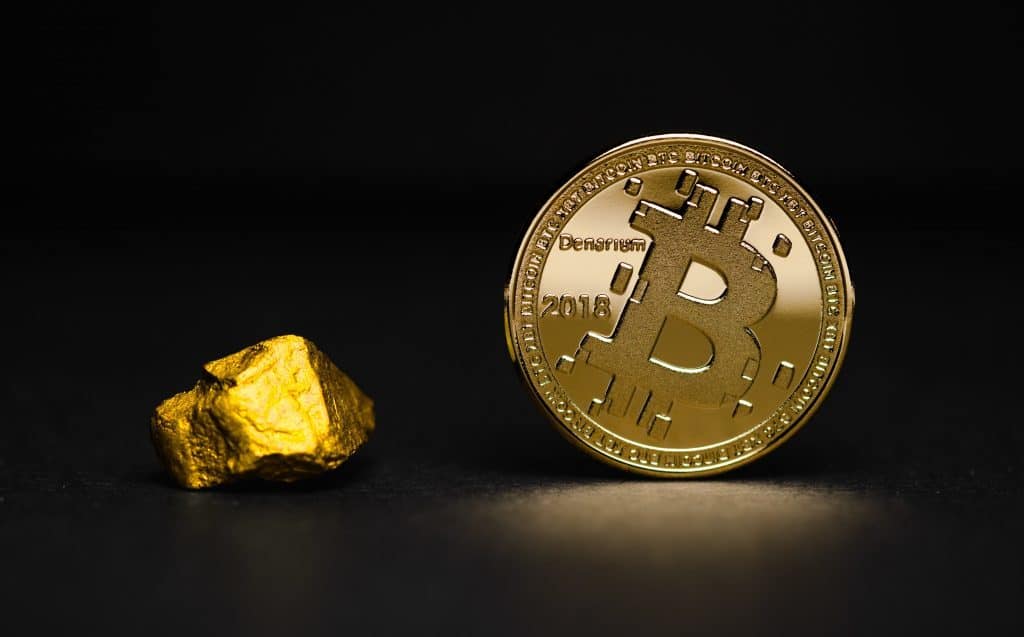While major economic powers move towards more dovish monetary policies, it has been widely reported that central banks are amassing large physical gold reserves. Some commentators are saying the emerging trends in monetary policies across several jurisdictions could push the global economy towards another recession. This is already evident by monitoring the struggling economies of Zimbabwe, Venezuela and Argentina and how they are managing the varying states of hyperinflation with their national currencies. The growing coronavirus threat and this week’s stock market plunge are also deepening fears of a worldwide economic downturn.

The pressure on central banks to further lower their interest rates is mounting: an already weakened global economy is now in the grip of a global public health crisis. A looming pandemic spread of Covid-19, first seen in the Chinese city of Wuhan, has now affected business, factories, shops and public life throughout the world’s second largest economy. Economists are now forecasting a 6% or higher annualized drop in China’s first-quarter GDP. The ripple effects will likely reach far beyond the Chinese economy.
In complex global supply chain network, the steep fall in Chinese factory output will leave manufacturers around the globe without inventory and parts for their production. With the coronavirus spreading rapidly in countries like South Korea, Italy, Iran and now the United States, the crisis is no longer confined to China. The Global Preparedness Monitoring Board, co-convened by the World Bank and the World Health Organization, estimates that a moderate global pandemic could affect global GDP by 2.2%, or close to $1.5 trillion USD.
Amid such growing uncertainty in the global economy, gold may present a suitable hedge for investors looking to hold assets that can withstand any economic downturn. As a safe-haven asset, gold is up by more than 400% since 2000 as of this writing — further proof of the precious metal’s suitability as a store of value (SoV).
While there is no denying the value proposition of gold as an SoV asset, physical ownership of gold for retail investors has historically been problematic. Issues such as size, difficulty in transportation, storage and divisibility make it inconvenient for the average investor.
Thus, retail investors pivot towards “paper gold” — such as futures, mining stocks and exchange-traded funds (ETFs). However, past events have shown that ownership of paper gold does not offer investment protection given that the institutions that trade such instruments can suffer financial downturns — for example, the Bears Stearns collapse of 2008.
Ownership of paper gold opens up retail investors to counterparty risks and sometimes, shares in the “gold ETFs” are not actually backed by physical gold holdings. Furthermore, ownership of paper gold is counterintuitive to the purpose of participating in the gold market, given the lack of access to the redemption of physical gold.
Blockchain with its decentralized and immutable data transparency offers a suitable channel to enable retail investors to put equity in gold bullion as opposed to paper gold. From tokenization to easing issues related to dividing and spending physical gold, as well as revamping the provenance architecture (origin of the gold) for the precious metal, blockchain is already showing real utility for the gold market.

Tokenization of Gold
Since its emergence, several commentators have alluded to the potential for blockchain technology to disrupt several business processes. While the jury is still out on whether decentralised ledger technology (DLT) can be a panacea across all industries, blockchain already offers tangible utility in the area of transparent accounting.
It is this quality — the immutability of the blockchain ledger — that sets the technology as a useful cog in refining the wheel of gold ownership. Projects can tokenize gold — prove 1:1 representation of gold — and store the information on a decentralized ledger.
Using blockchain technology, gold ownership can be digitized with retail investors able to hold and trade physical gold. In addition, projects can provide digital certificates or cryptocurrency tokens that represent unit ownership of gold.
Stablecoins — cryptocurrencies that maintain a constant value either using computer algorithms or by being supported by strong fiat currencies — also present another channel for the tokenization of gold. The precious metal can form the basis for a stablecoin with each token “backed” by a corresponding weight of gold safely stored in secure vaults.
Reports suggest that no fewer than 20 gold-supported stablecoin projects are already in development by several establishments. The emerging consensus is that asset-backed stablecoins provide a lower risk option than cryptocurrencies and even stablecoins supposedly backed by sovereign fiat.
Tokenization of real-world assets is already one of the emerging trends for blockchain utility. Some commentators argue that physical assets like stocks can be issued on blockchains, thereby improving liquidity, promoting fractional ownership and ensuring faster transaction settlement times with the added cost-saving advantages.
Solving divisibility and provenance issues
Thus, retail gold owners can then easily store their bullion on mobile wallets as digital certificates or tokenized digital gold “coins,” as well as trade or sell their holdings. Transforming unit ownership of gold via digital tokens or certificates solves issues like portability and divisibility.

Digital gold coins backed by actual deposits held in secure vaults constitute a legal ownership title. Representing such an ownership title on a decentralized network allows retail investors to move away from the constraints of physically owning gold bars while not needing to put equity in risky instruments like futures and ETFs.
Tokenized gold also allows retail investors the opportunity to trade or transfer ownership of their digital certificates or tokens. Being run on a blockchain platform, such transactions can occur without any significant transaction costs.
Retail investors with tokenized gold certificates can also exchange these tokens and certificates for physical London Bullion Market Association’s London Good Delivery (LGD) bars, making the tokens tradable against traditional gold products, including gold ETFs, CME gold futures and physical XAU (the internationally accepted code for gold in foreign exchange markets). The private keys — cryptographic data strings that allow crypto owners to access their wallet holdings, need only be presented to the companies holding the physical gold bars to carry out the exchange.
The ability to move from from physical to digital ownership of gold also reveals another important role of blockchain in the gold supply chain — provenance — tracking the origin and ownership trail of gold bars. The immutability of blockchains means that their digital ledgers are tamper-proof.
Thus, participants in the market can easily follow each ounce of gold throughout its delivery path along the supply chain. Once a mint or a bullion exchange determines that a gold bar is of 99.9 percent purity, a certificate of authenticity can be cryptographically encoded within the tokenized gold certificate and placed in the blockchain. Any transfer or sale of the digital certificate using programmed smart contracts will also include the initial authenticity guarantees.
Tokenizing gold offers a viable onramp for retail investors to participate in the gold market. Digital gold ownership can serve as a hedge against fiat currency devaluation, providing retail investors with a store of wealth that can survive the cyclic progression of market uncertainties.
See related article: The Effects of the G20 Summit on Bitcoin




